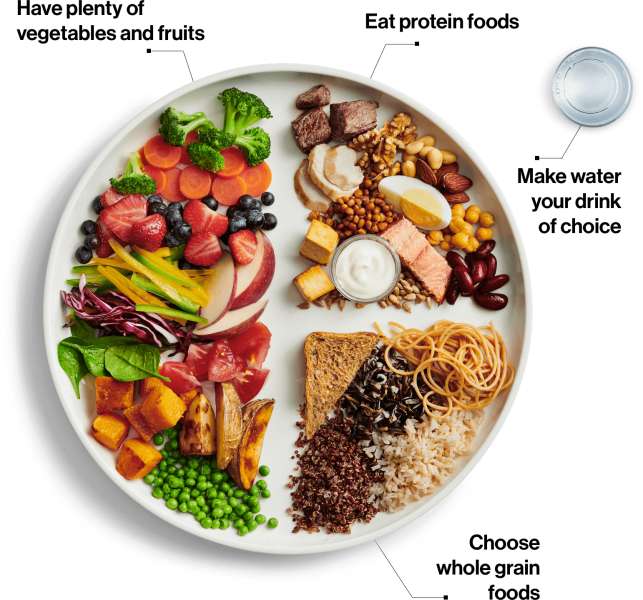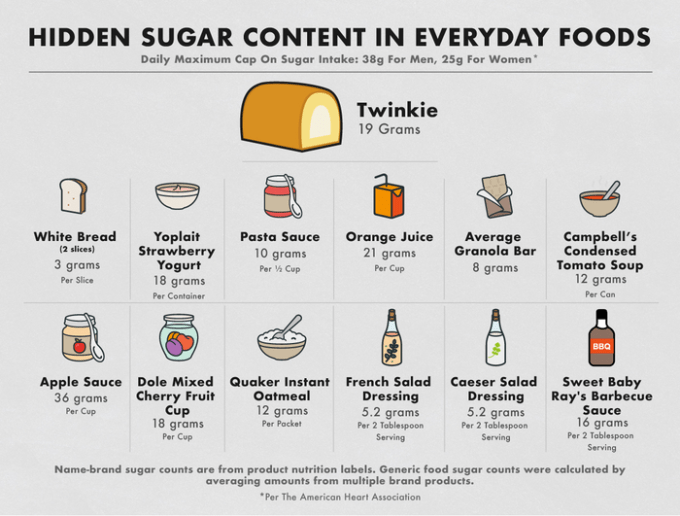Nutrition It’s not a short-term diet but a long-term lifestyle
Choosing a healthier food option will help you manage your pain, symptom flare-ups, and fatigue. Explore the ways you can reduce these symptoms below:
Eat a well-balanced diet
Being overweight or eating the wrong diet can contribute or worsen to pain and fatigue. Creating and maintaining a healthful diet can be very helpful in reducing fibromyalgia symptoms. The best recommendations for diet are to eat a healthy, well-balanced diet that incorporates a variety of nutritious foods that includes a balance of vegetables, whole fruits, whole grains, healthy sources of protein and minimizes added sugars, salts and saturated/trans fats.
The more vegetables you can add to your diet and the greater the variety, the better. Try to eat plenty of fruits and vegetables in various colors. A colorful plate is more appealing visually and a good way to ensure you are getting vital nutrients in your diet. Drink water as much as possible throughout the day, avoiding sugary and caffeinated drinks. Eat a variety of whole grains, like oatmeal, brown rice, and whole-wheat bread and pasta. Eat a variety of protein sources, like fish, poultry, beans and nuts. Try to limit processed meats like bacon and lunch meats.
Cut down your sugar intake
The average American consumes about 17 teaspoons of added sugar a day — adding about 270 calories to their intake, but no essential nutrients. Added sugars don’t always come from obvious sources, like soda, candy and desserts. Many foods that are often considered healthy, like granola, yogurt and condiments (ketchup, barbecue sauce, salad dressings, etc.) add a lot of extra sugar into our diets.
The USDA has a helpful resource with how to find sugar in the ingredient list of foods you eat and some healthier swaps to reduce your sugar intake:
Avoid restrictive diets
Choosing to overhaul your current lifestyle for a restrictive diet is not usually sustainable–- many people who go on strict diets give up and go back to their typical eating habits. There are small changes you can make to your diet to make it healthier without completely changing the way you eat or giving up foods that you love. Over time, little changes can have big benefits.
Swap your healthy foods
Snacks
- Instead of chips, try popcorn. Especially when air popped, popcorn is a lower calorie snack choice than chips and even a whole grain, adding some extra fiber into your diet.
- Instead of granola, try a fiber cereal like All-Bran or even read through the nutrition facts in the cereal aisle to find a cereal you like with less sugar.
Meals
- Instead of flavored yogurts with a ton of added sugar, try unflavored or plain Greek yogurts. You can add fruit on top to sweeten it and stay in better control of the sugar being added to your diet.
- Instead of rice/noodles, try cauliflower rice or vegetable noodles. These substitutes can reduce your calorie intake and increase your vegetable intake. The texture isn’t the same as real rice and noodles, so try doing 50/50 and mix the two together!
Condiments
- Instead of mayonnaise on your sandwich, try swapping in mustard. It has fewer calories and important nutrients like selenium.
- Instead of sour cream, try Greek yogurt. It packs a protein punch and reduces calories (it tastes very similar on a baked potato or taco!).





